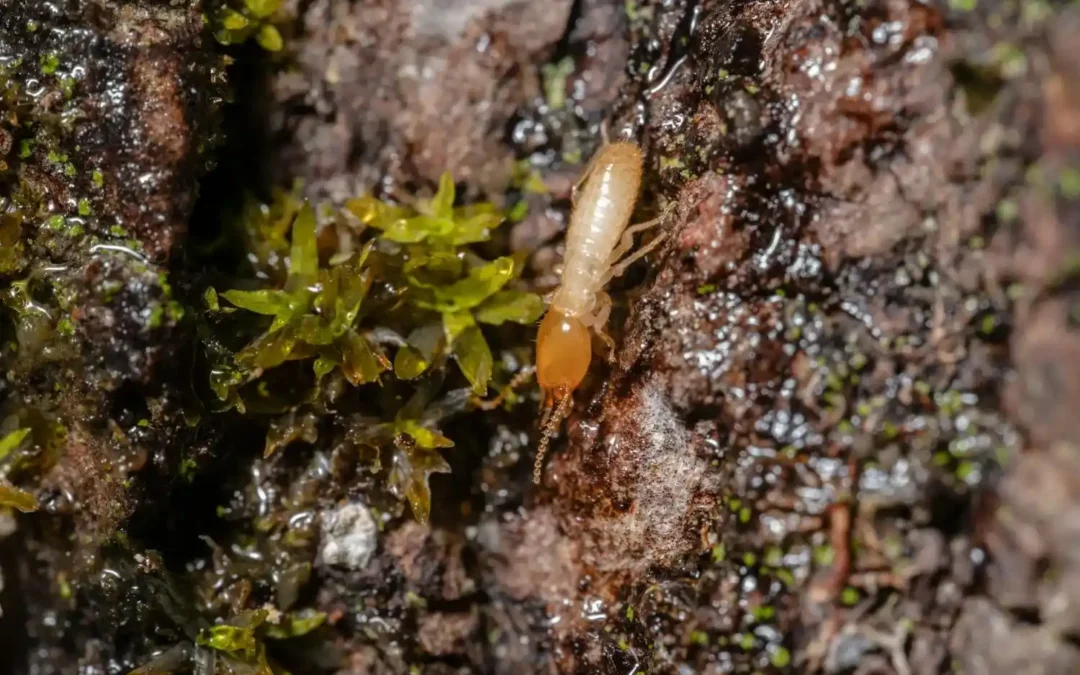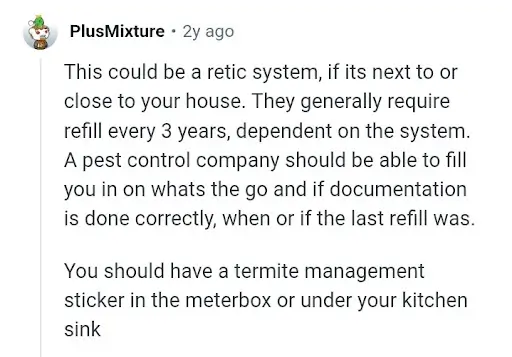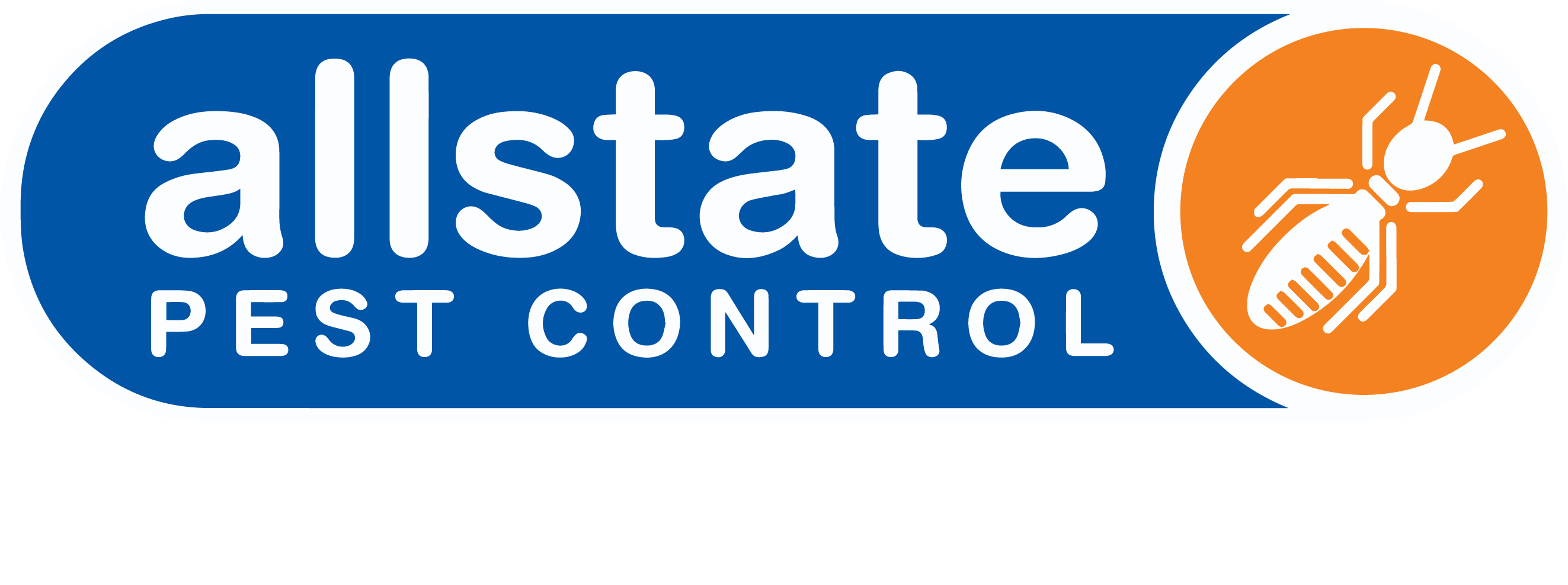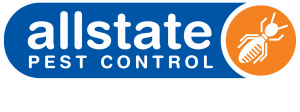
How a Termite Reticulation System Protects Your Home
A termite reticulation system is one of the most innovative ways to prevent termites from entering your home. It works quietly underground, sending treatment through the soil month after month.
This is important here in Adelaide. Termites are everywhere. The CSIRO says one in three homes will get a termite infestation at some stage. Repairs cost billions every year. Most insurance won’t cover it either.
At Allstate Pest Control, we’ve been keeping homes safe for decades. We know and have seen the damage termites cause. We also know the relief homeowners feel once a proper barrier system is in place.
So, let’s break down what the system is, how it works, what it costs, and how Adelaide families use it in real life.
What is a Termite Reticulation System?
A lot of people mistake it for a “trap” or a box you swap out each year. It’s not that.
Simple Definition
A termite reticulation system is a set of underground pipes that run under your concrete slab or around your home. Those pipes release termiticide into the surrounding soil to block termites before they reach your timber.
Think of it like an underground sprinkler system. But instead of water, it pumps out termite treatment.
How the System Works
- Pipes go in during the construction process or are dug in later around foundations.
- Refill points sit at the edges of your home.
- A licensed pest control tech pumps chemical through the pipes.
- The treatment spreads out evenly and forms a protective barrier.
The barrier deters termites. It also kills any that try to push through.
Key Components
- Pipes: Flexible enough to handle soil movement.
- Refill points: Capped outlets where treatment goes in.
- Chemical barrier: The actual defence line in the soil.
Why Install a Reticulation System?
Because once termites are inside, the damage is brutal. Catching them early or keeping them out is cheaper than fixing chewed beams later.
Long-Term Protection
A reticulation termite system gives you continuous protection for years. With proper refills and regular termite inspections, it holds strong.
Safer and More Consistent
Surface sprays miss spots. Reticulation doesn’t. It spreads chemicals evenly underground. Because it’s below the surface, it’s also safer for kids, pets, and gardens.
Fits Any Property
Brand new slab in Mount Barker? Old weatherboard in Prospect? It doesn’t matter. The system can be installed on all property types appropriately.
Here’s one real scenario a local shared online:
“When I bought this property, the agent told me this was a termite trap that needed changing once a year. I’ve seen online. What is it?”
And the reply:
“This could be a retic system, if it’s next to your house. They generally require refill every 3 years, depending on the system. You should have a termite management sticker in the meter box or under your kitchen sink.”

That’s the thing. Most homeowners have no idea what they’ve got until a pest control crew explains it.
How to Refill a Termite Reticulation System
This is the bit many homeowners forget. The system doesn’t work forever unless you top it up.
How Often?
Every 3–5 years is standard. Sandy soils or high-termite-pressure areas might need shorter cycles.
Why Use a Licensed Pest Controller?
DIY is risky. Too little chemical and the barrier system has holes. Too much and you waste hundreds of dollars’ worth of product. A licensed termite control service person knows the exact dose for optimal protection.
What’s Involved?
- Inspection: check refill points and signs of termite activity.
- Termite reticulation refill: pump in new treatment through the pipes.
- Reseal: close refill points to keep pressure and safety.
Tip: Don’t just refill blindly. Pair it with an annual termite inspection so you know the barrier is doing its job.
Advantages Over Other Termite Systems
You’ve got a few options when it comes to termite protection: sprays, baiting stations, and full barrier systems. A termite reticulation system isn’t the only choice, but it does come with some serious perks that make it stand out.
Lasts Longer
Surface sprays are a quick fix. They fade after a year or so, and you’re back to square one. Retic systems, on the other hand, are built to last decades. As long as you keep up the refills every 3–5 years, the barrier stays strong.
For example, we’ve seen homes in Adelaide Hills that had systems installed in the late 2000s. The homeowners kept to the refill schedule, and nearly 15 years on, they’ve had zero termite activity in the house. Compare that to a neighbour who relied on sprays and ended up with termites in their subfloor within four years. The difference is in the maintenance.
No Lifestyle Interruption
Because it’s underground, you don’t even notice it’s there. No odours, no chemical patches on the lawn, no pest guy wandering around your lounge room with a spray can. The refill points are tucked neatly outside. It’s one of those “set it up properly and get on with life” solutions.
Even Chemical Spread
With surface sprays, it’s easy to miss spots. Termites only need one tiny gap, and they’re in. Reticulation systems pump treatment evenly through the soil via perforated pipes, so the whole perimeter is covered.
Think of it like watering a garden bed with a sprinkler hose compared to splashing buckets of water here and there. Which one gives you better coverage? The same logic applies here.
Better for the Environment
Because the treatment stays underground and is delivered evenly, you actually use less chemical overall. That means less runoff into drains, less exposure for pets and kids, and a cleaner way of handling termite prevention.
This is especially handy in Adelaide suburbs where homes back onto creeks or reserves. Homeowners are more conscious of what runs into the environment. So having a system that keeps things contained makes sense.
Common Questions From Homeowners
We get a lot of questions from Adelaide homeowners who are curious (or confused) about their systems. Here are the most common ones, with straight answers.
Is it safe for kids and pets?
Yes. The treatment sits underground, in the soil. Pets can play in the yard, kids can dig in the garden, and you don’t have to worry about them coming into contact with surface sprays. It’s one of the safest ways to manage termites around a family home.
What happens if I miss a refill?
The barrier weakens. It’s like leaving your front door unlocked. Termites are clever little things.. They’ll find that gap and take advantage of it. We’ve seen cases where just one missed refill lets termites march straight through to the subfloor. And again, you may be lucky not to get an infestation.
Do I still need inspections?
Yes, you do. A reticulation system isn’t some permanent fix that keeps termites out forever. Termites are stubborn little things. They’ll keep looking for weak spots, especially if the soil around your home sees moisture levels change from time to time.
We’ve seen plenty of Adelaide homes where the system was in place, but the owners still booked yearly inspections. One homeowner had an eight-year-old timber frame house with a retic system installed during the build. Each year, the installer came out, did the inspection, and gave them a report. They never had termites, but the risk level in the reports wasn’t always the same. Some years the inspector marked it as moderate risk, and other years it was classed as high risk.

That shows that conditions around your home don’t stay the same. Weather, garden works, and nearby building activity; all of it can affect how much termite pressure your place is under. An inspection keeps you updated, makes sure your barrier is still working, and lets you know if you need a refill sooner rather than later.
Refills and inspections are like a termite prevention package. One keeps the barrier topped up, the other makes sure nothing has slipped through.
Adelaide Case Studies
Here’s what happens in the real world.
A family in Glenelg had a system put in during their build. They’ve stuck to the 3-year refill cycle and booked inspections each year. Twelve years later, still no termite damage.
A couple in the inner north skipped refills. They assumed once installed, it lasted forever. Wrong. A few years later, termites chewed into their floor joists. Meanwhile, the termite reticulation system cost for refills? A few hundred.
And when those with a reticulation system are asked which pest control they use for the installation, one summed it up online:
“Allstate. No complaints! It has been in place for about eight years now. We sometimes have activity in the stations, and usually by the next visit, they are gone. We got a very old post-war home and found evidence of damage previously.”

Eight years? Yes, sometimes. When installed by us with enough refills and regular annual inspections, you’ll get the same experience as the above.
Wrapping It Up
A termite reticulation system is an underground defence that gives you control over termites before they move in. It’s reliable, discreet, and saves you a fortune compared to fixing chewed timbers later.
Call Allstate Pest Control:
- To install it properly.
- Refill it on schedule.
- And keep up with regular termite inspections.
Do that, and you’ll sleep easy knowing your home has a protective barrier against one of Australia’s costliest pests.
Call Allstate Pest Control Adelaide on 08 8371 1277 or book an inspection with us online. We’ll help you install, refill, and maintain your system the right way.




